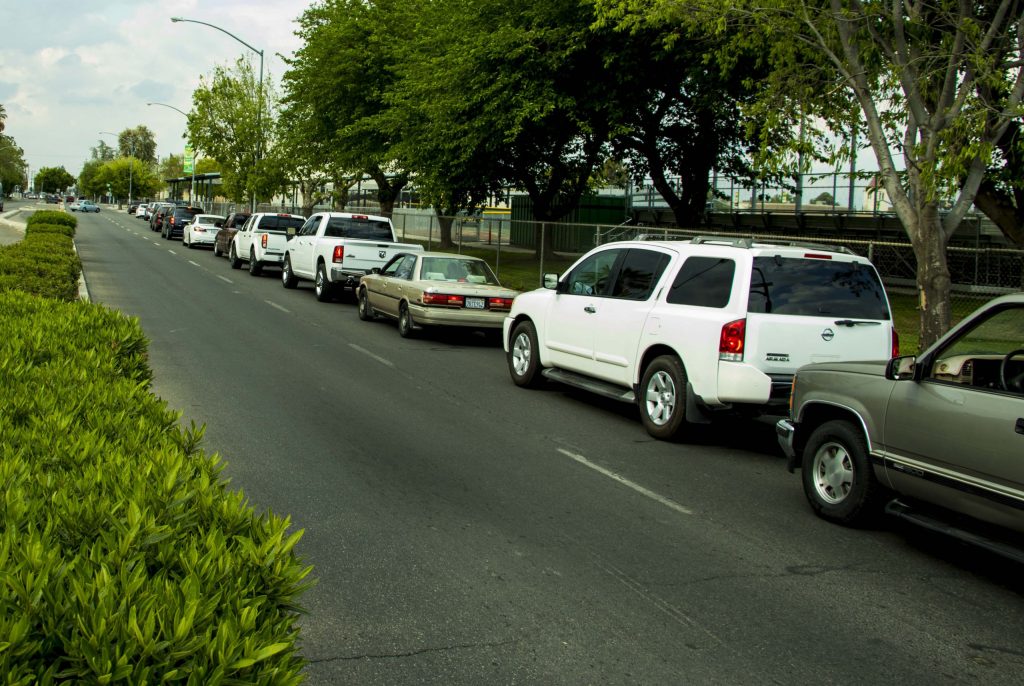In January 2020, the novel Coronavirus pandemic swept the world like an out-of-control wildfire, significantly changing our lives, as we looked for ways to stem the spread.
So far, the world is failing.
Ironically, the U.S. is struggling the most. The death toll in the U.S. is heading toward 150,000, with more than 2 million infected with the virus across the nation. President Donald Trump and his administration appear to have surrendered the fight and allowed the virus to run amok.
To rub salt in the wound, the European Union announced restrictions for travelers from the U.S., a severe blow to Trump who had slapped travel bans from mostly Muslim nations and used the term “shithole” in referring to African countries.
How will things look after this pandemic? Some countries have cautiously opened up, knowing that there is a chance for a second wave of outbreaks that could result in a second lockdown.
Threats for a second-wave is likely. The Spanish Flu pandemic killed at least 50 million people worldwide in three outbreak waves that spanned between 1918 and 1919, according to the Center For Disease Control (CDC). Approximately 600,000 Americans died from Spanish Flu.
In December 2019, Wuhan municipal, Hubei province in China, reported isolated cases of pneumonia that turned out to be the discovery of the now deadly novel Coronavirus, dubbed COVID-19.
The virus was spreading fast, such that by the end of January 2020, the World Health Organization (WHO) declared it a Public Health Emergency of international concern.
What followed this announcement was partial and total lockdowns in different parts of the world. Such lockdowns occurred incrementally as the spread continued from China to other parts of the world.
Apart from border lockdowns, COVID-19 impacted decisions about internal movements with countries. In Kenya, President Uhuru Kenyatta banned inter-city travel and mass gatherings.
Schools, religious places, social gatherings of any kind, and non-essential workers were encouraged to observe social distancing by staying at home. Cities worldwide became deserted; pictures started popping-up wild animal sitings in unexpected areas.
With the virus not going anywhere anytime soon, countries must devise new ways to open up their economies, while promoting safety measures to stem the spread. Such measures should classify jobs as essential, with low contact, essential with high-contact, or vice versa, to come up with the safest cost-effective option.
Some economic analysts agree the pandemic’s impact will be far-reaching. They predict some jobs, depending on classification, may not come back. The jobs classified as low-contact and essential such as virtual classes, high-contact and essential such as healthcare workers, or workers in a meat-packing factory.
To survive, they’re advising businesses to look into creating low-contact and essential job categories, jobs with the capability of utilizing digital technology to provide service. These categories will thrive because they drastically reduce the chances of spreading the virus.
Businesses will have to reinvent themselves. For example, commercial real estate owners should consider converting office spaces into residential lofts. Companies, such as Twitter, have asked their employees to work from home, possibly permanently. Post-COVID-19, most people will probably continue working from home, thus reducing the demand for office spaces.
Global relationships stand to change.
Governments should reevaluate the role of economic nationalism and the importance of being self-reliant, particularly when it comes to the risks of concentrating supply chains in one country.
One important lesson learned from the pandemic is the danger of relying on China for medical supplies. The personal protective equipment (PPE) shortage created a food-fight pitting one country against another to secure supplies for themselves. Therefore, every nation would be wise to develop its supply chain to sustain them, were such as an emergency to occur again.
Healthcare systems will also need to undergo significant changes.
This pandemic has proven that most healthcare systems are weak and cannot withstand wide-spread public health emergencies.
International healthcare bodies such as The World Health Organization (WHO) will need more funding to have scientists in every country ready to deal with outbreaks when detected and alert the world in a timely fashion.
In healthcare, telehealth, and home-based care might become the new normal. Doctors and advanced practice nurses and other healthcare professionals might be available remotely to diagnose and assess the patient from home, especially for mild cases.
COVID-19 revealed one horrific truth; nursing homes contributed to most deaths; this revelation calls for a review for alternative ways to support the elderly– such as homecare.
Institutions of learning must also reevaluate their operations. Boarding schools, dorms, and hostels are a cesspool for transmission. Without effective treatment of COVID-19, or a vaccine, it’s unrealistic for these institutions to maintain a residential program. A safer consideration may be to turn them into day schools or find a way for students to attend virtual classes until the virus is controlled or eliminated.
One thing for sure, most people will want to adopt a self-sustaining lifestyle. The pandemic will change all aspects of our lives. Mundane activities such as going to church, traveling to see loved ones, dining in a restaurant, will require careful planning and, in some cases, permission from local government.
Masks or mouth and nose coverings will become part of our must-have wardrobe. Social expressions of politeness and affection such as hugs and shaking hands will disappear and replaced with socially-distant no-contact head nods and elbow bumps.
When this is over, we will not go back to life as we used to know it. We will have to adapt to the new normal.
